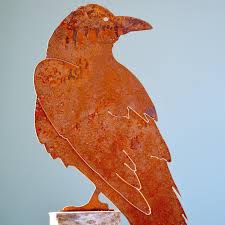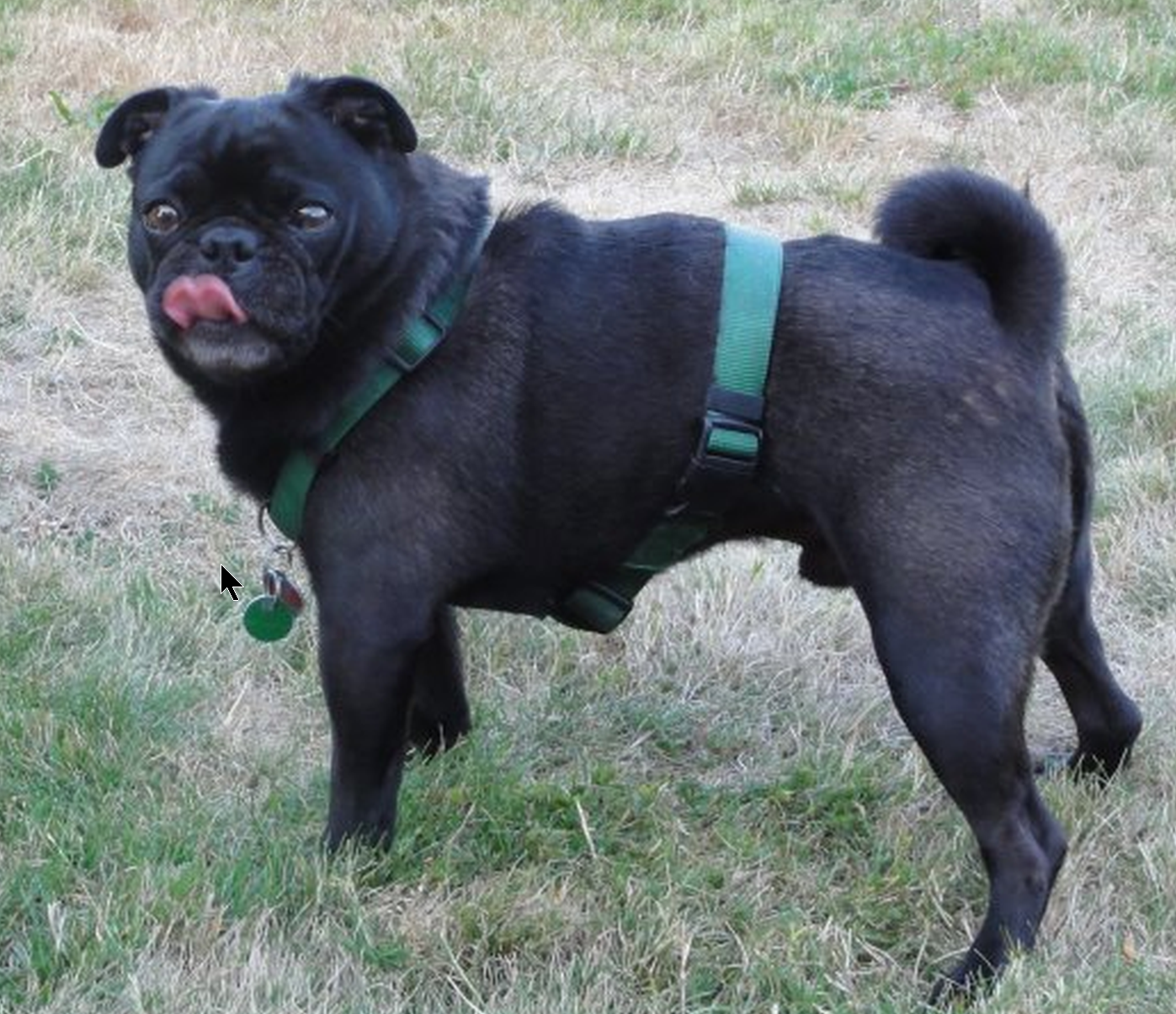I have a few apparently cast-iron chimneys bedded in concrete. They have no hats on them. I’m not sure how the fireplaces were blocked off but it feels solid, as if they bricked them shut and plastered over it.
Isn’t this a bad idea? They don’t seem to be filling up with rainwater yet it rains quite heavily. I assume the fireplaces have been blocked off for over a decade at least. There must be quite an ecosystem of creepy crawlies going on in there.
So what if I want to open the fireplace back up and install a boiler, sewer vent, wood stove, kitchen range hood, or ventilation system? Can they be restored or must they just be treated as wasted dead space?
It is a mystery. All I know is that generations of possums have been raised in my blocked off fireplace without drowning, and there is no sign of any moisture coming from the fireplace to the inside of the house. At this point I’m just assuming there is an invisible force field that keeps rain out but not possums.
Even if there’s no lid, there’s likely a closed flue dampener. A little door in the middle of the chimney.
Although I’d be incredibly surprised if there’s isn’t a capstone that was put on when the lid was taken off. Unless the lid just broke off and was never replaced…
In that case, yeah, bad shit is happening
Are flues water-tight? When I would close the flue in other homes, I would typically hear the sound of metal hitting something hard, which somewhat implies they don’t have a rubber seal.
There are 3 tubes & none of them have caps, so apparently it’s deliberate. Most of the neighbors have no caps either and I think most fireplaces are blocked off in the region.
There are 3 tubes
Then it’s not an “open chimney”.
Smoke rises and goes through those fine even tho their narrow. But rain almost never falls perfectly straight down, so the amount of rain that gets in those three narrow pipes is incredibly minimal.
If the fireplace was still open with the tubes it wouldn’t be an issue what little water might come in would just evaporate.
It’s probably ok. But you usually see that method in Europe or upper east coast America in historic homes.
You’re probably better off asking a neighbor, or if you’re really worried, just call a chimney inspector so you know for sure
Can’t say for others as I’m not a builder but when we bought a house that had an unused fireplace, the chimney was kind of just plugged at the top and the fireplace itself was decorated. We had to unplug it and get rid of all the ornamental stuff and it was good to go. Mind you, when the building inspection occurred pre purchase, the builder did check to make sure the structure of the chimney was good for use.
It’s very possible the chimney is capped or sealed and you can’t see it from the ground.
Going from memory, when I was standing on the roof I think at least the first few cm/inches are open. It might be hard to get close enough to stick my head in, but maybe I can toss a snake cam in for a better view.
It would have to be raining perfectly straight down for the water to reach the fireplace and the actual size of the chimney on the inside is not as wide as you might think. Water definitely gets inside and it’s not ideal especially on the long run but it’s still relatively small amounts so it’s not a huge deal. Also not all chimneys lead straight into the fireplace. There may be bends on the way that trap the water.
Sometimes they just get filled with concrete…
presumably it evaporates. are you in an area that gets several feet of rain per year?
~48cm per year & humidity is around 70%.
Does it freeze in winter where you live? Ice expands as it forms and this can do damage to masonry. Since your chimney is open to atmosphere, rain water probably evaporates faster than it accumulates. It may be persistently damp in there though, which means mold. Nothing a bleach solution in a spray bottle can’t fix.
It freezes but I guess I wouldn’t expect pressure on the masonry because the chimny seems to be a cast iron tube so I would think the expansion would be forced to happen vertically.
Yeah, you may be good to go, structurally. I think most modern chimney liners are ceramic. I struggle with drafting issues, aka getting smoke to go out.


